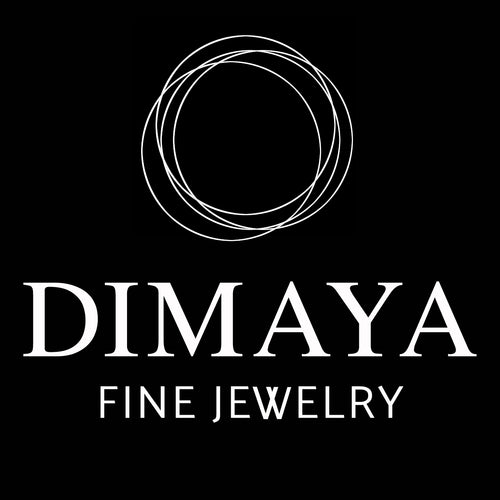PRECIOUS METAL BASICS
KARAT
It is unit of purity and fineness and is denoted by K. It indicates proportion of gold.
- 24k is pure and 100% gold. Its has brighter tone of gold.It is so soft and delicate and is not ideal for making jewellery.
- 14k gold is 58% pure gold and is incredibly durable and has warmer tone of gold making it ideal for everyday wear. It is also more resistant to scratches and bending. It may also be stamped as 585 as opposed to 14k.
- 18k gold is 75% pure gold.it has brighter tone of gold and is also strong but not as durable as 14k.
GOLD COLORS AND ALLOYS
Mixing old with different metals, also known as alloys, create a stronger and more resistant gold for jewelry.
Yellow Gold: Yellow gold is an alloy made by combining gold with Zinc and copper.
Yellow gold is classic and found in every jewelry shop around the world.
White Gold: White Gold is an alloy made by mixing gold with other white metals such as palladium, manganese or nickel.
White gold accentuates gemstones with its crisp white color that is similar and less costly then platinum.
Rose Gold: Rose Gold is an alloy made by mixing gold and copper. Rose, or pink gold has become increasingly popular because of its delicate and warm coloring and it works with all types of gemstones and diamonds.
STERLING SILVER
Sterling silver is an alloy of silver containing 92.5% by weight of silver and 7.5% by weight of other metals, usually copper. The sterling silver standard has a minimum millesimal fineness of 925.
Jewelry is often made with sterling silver due to its strength and durability.
PLATINUM
Platinum has become the premier choice for jewelry, especially for special pieces such as engagement and wedding rings. The metal doesn't corrode, discolor, fade or lose shape with time and is one of the hardest metals, making it an excellent choice for jewelry.
It is also hypoallergenic, heavier and more durable the white gold.
